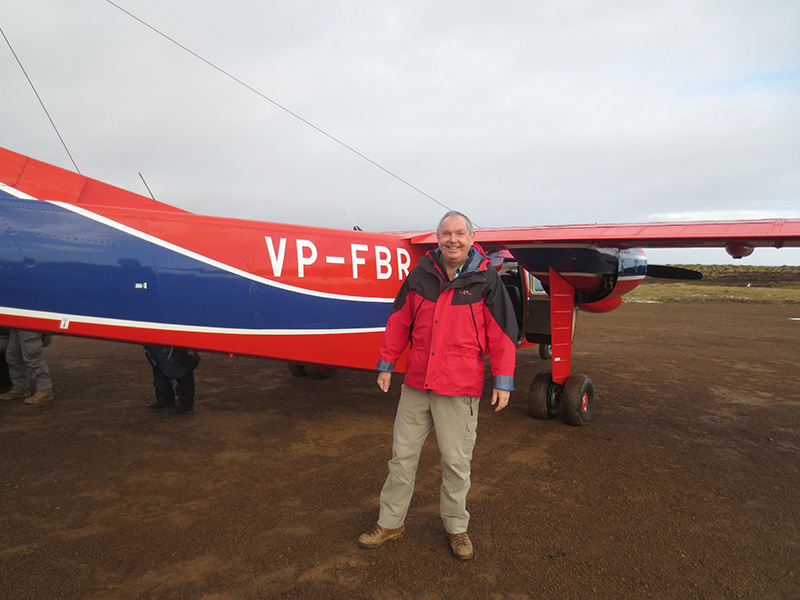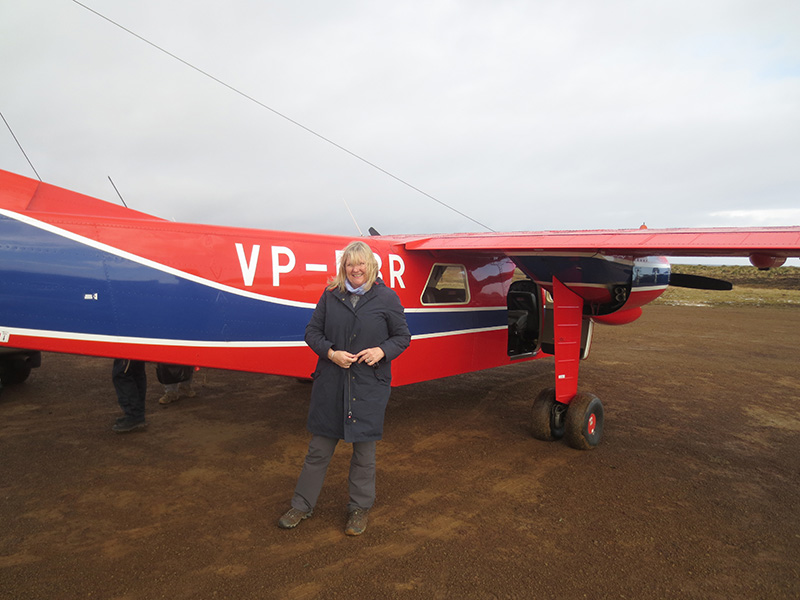Over the middle weekend of our time in the Falkland Islands we visited Sea Lion Island, staying at the Sea Lion Lodge, which is reportedly the most southerly British hotel in the world. We flew from Port Stanley Airport to Sea Lion Island on a small 10 seater Islander aircraft, five of which are operated by the Falkland Islands Government Aviation Service (FIGAS). The flight only takes 40 minutes, but you get spectacular views of Port Stanley and the rugged landscape of the Falkland Islands.
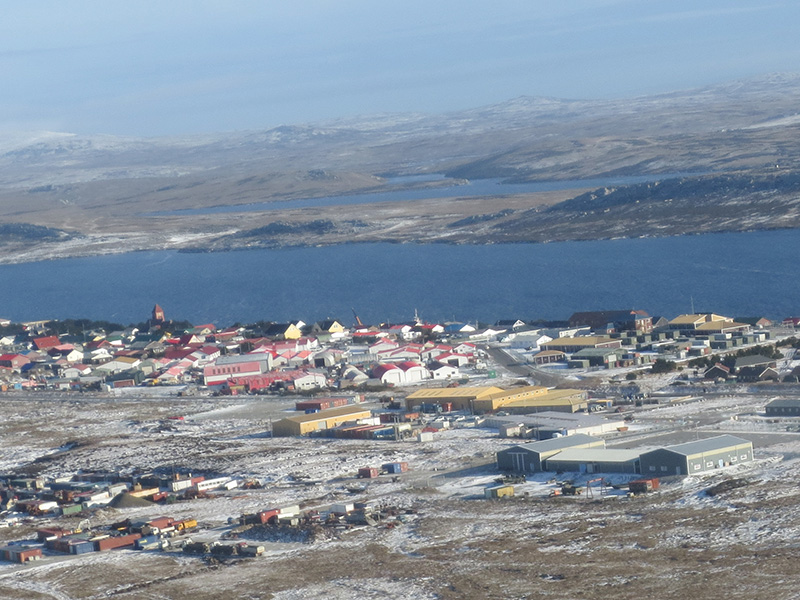
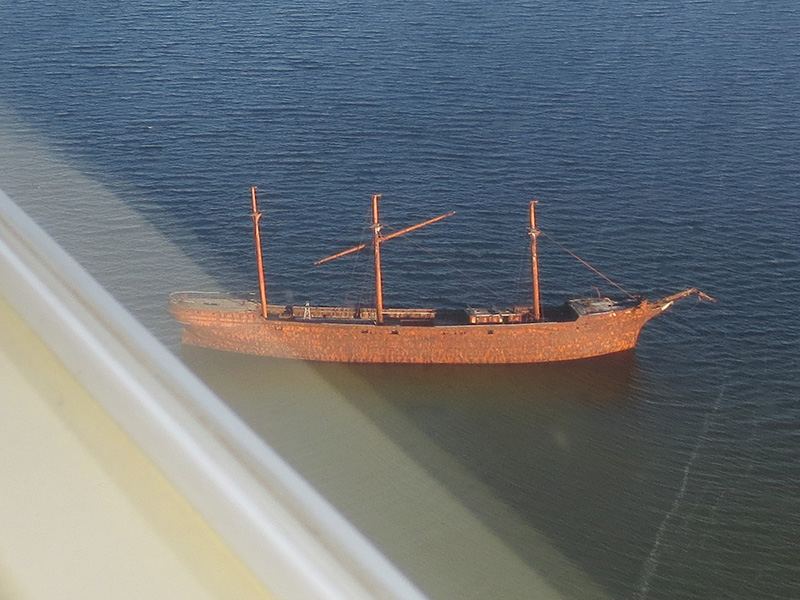
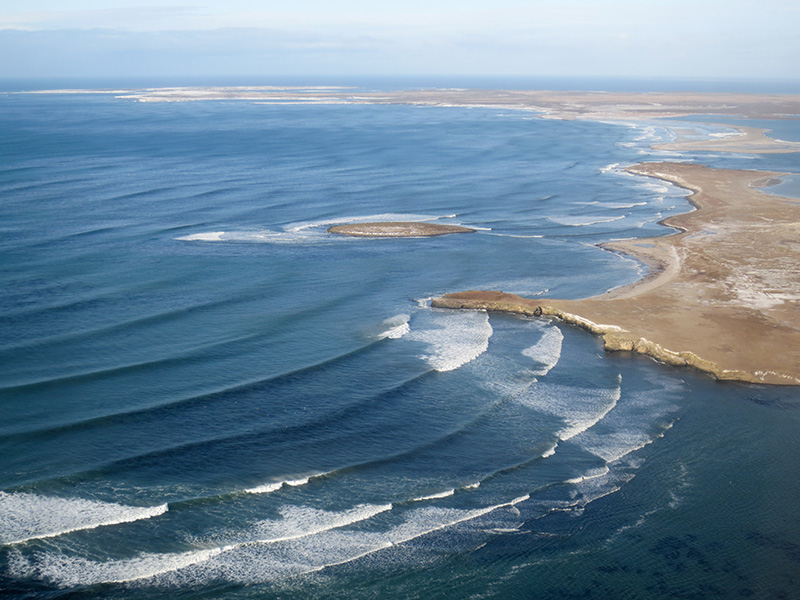
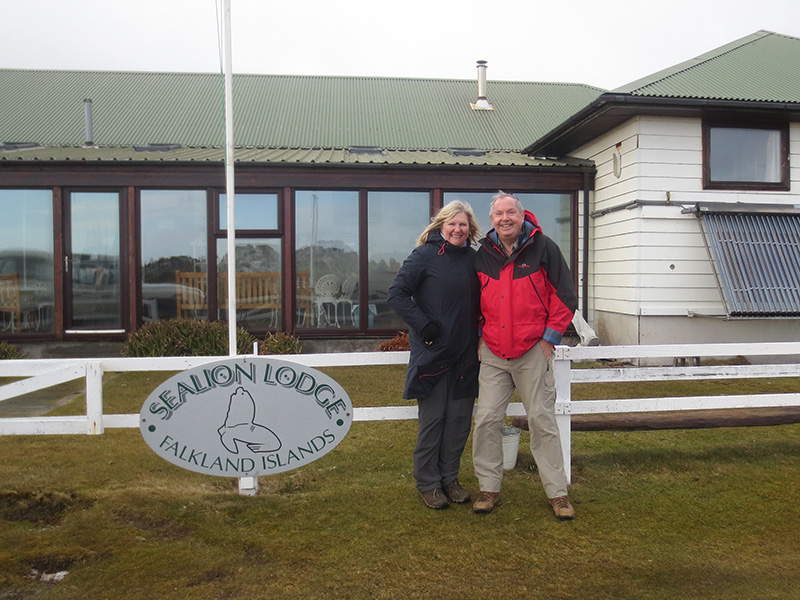
Sea Lion Lodge is the only accommodation on the island, but it has comfortable ensuite rooms and a lounge where you can relax and discuss the day’s wildlife sightings.
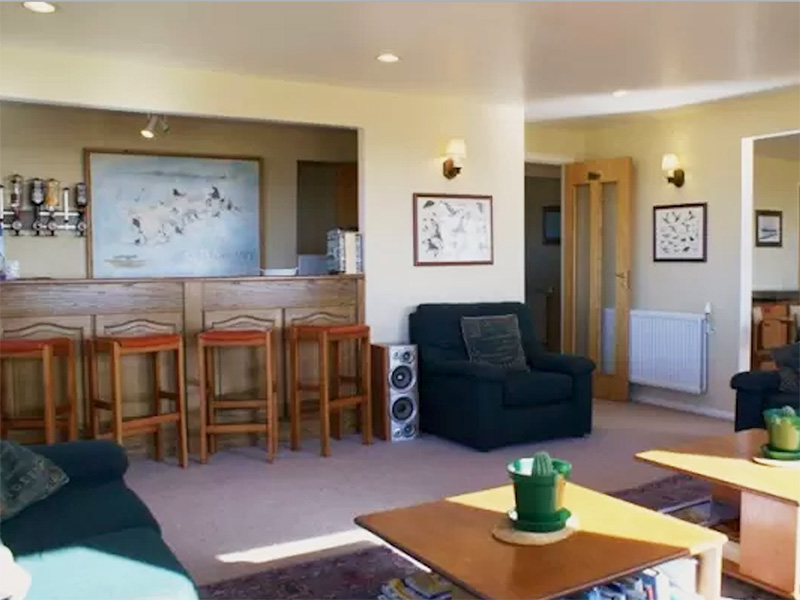
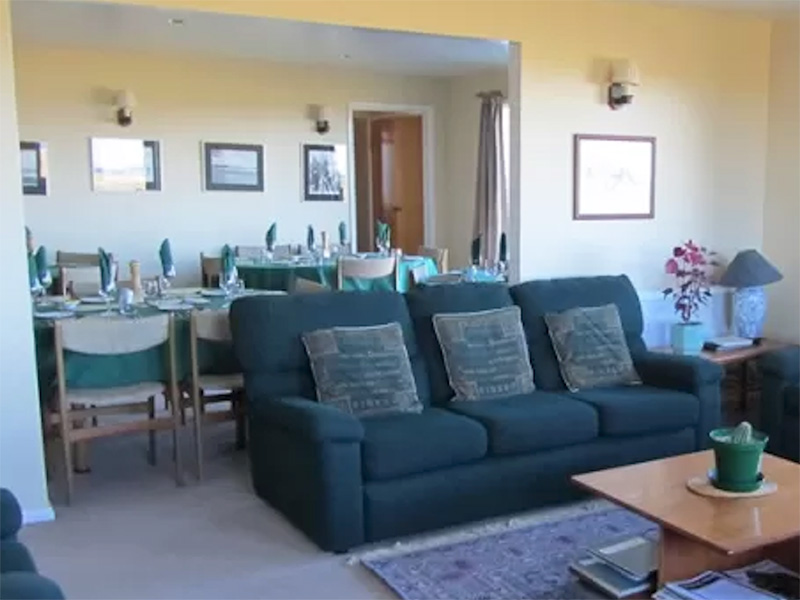
Gentoo Penguins could be seen all over the island and were even visible from the window of our room.
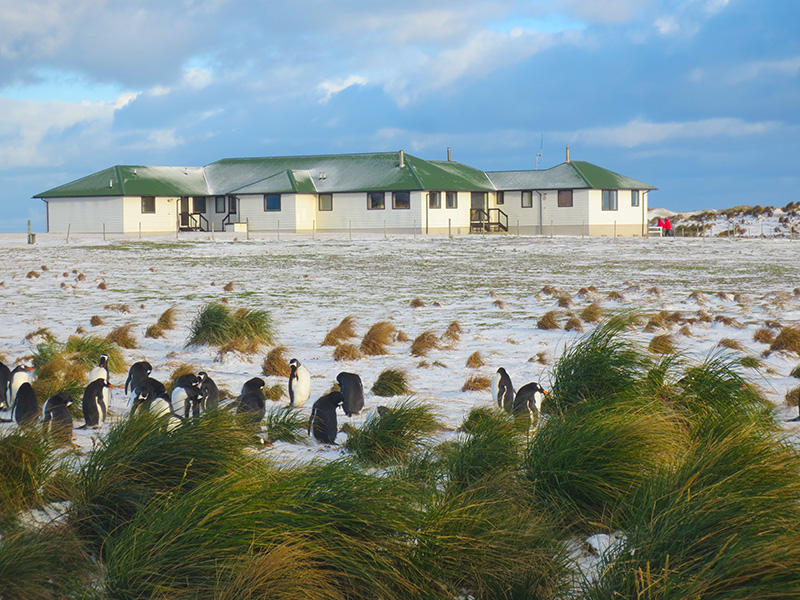
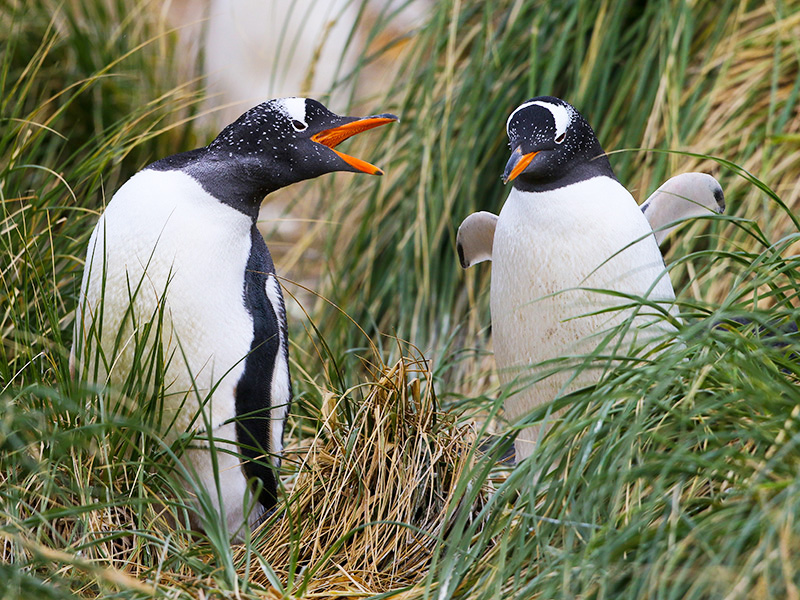
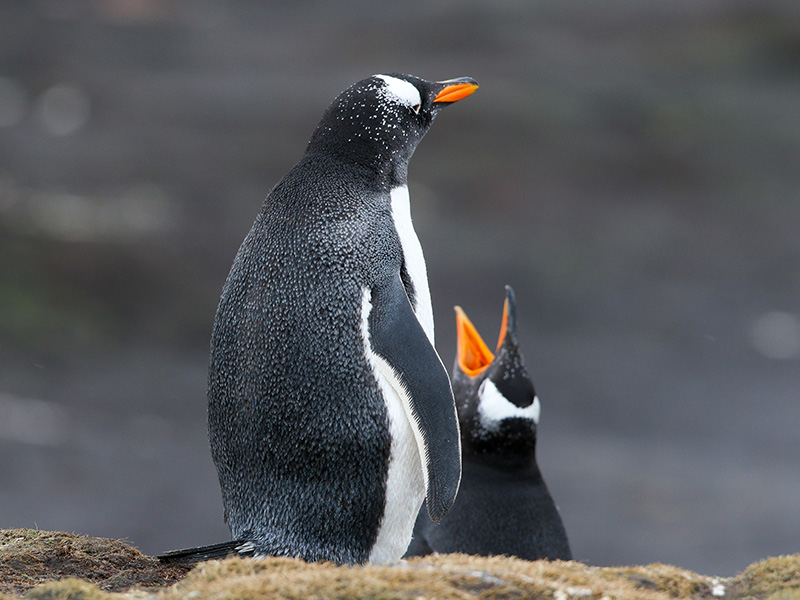
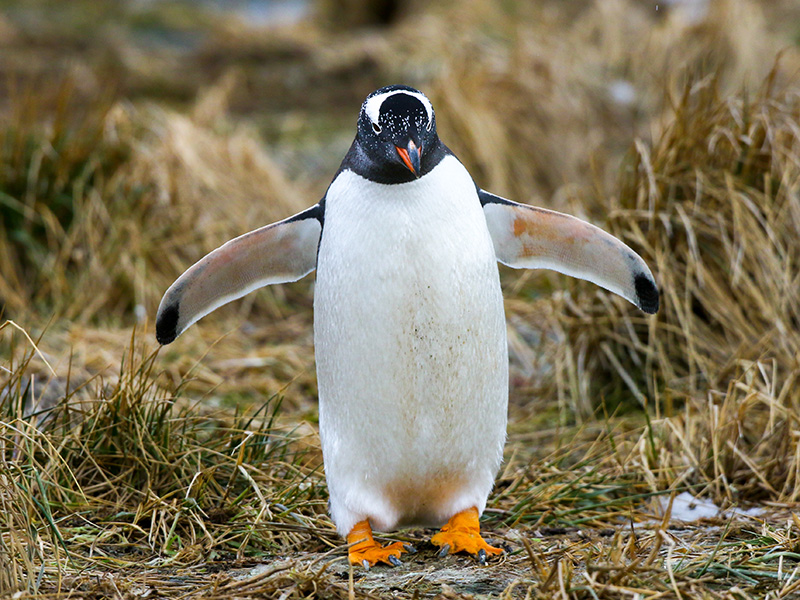
There were also Magellanic Penguins on the island, which were often seen collecting nesting material.
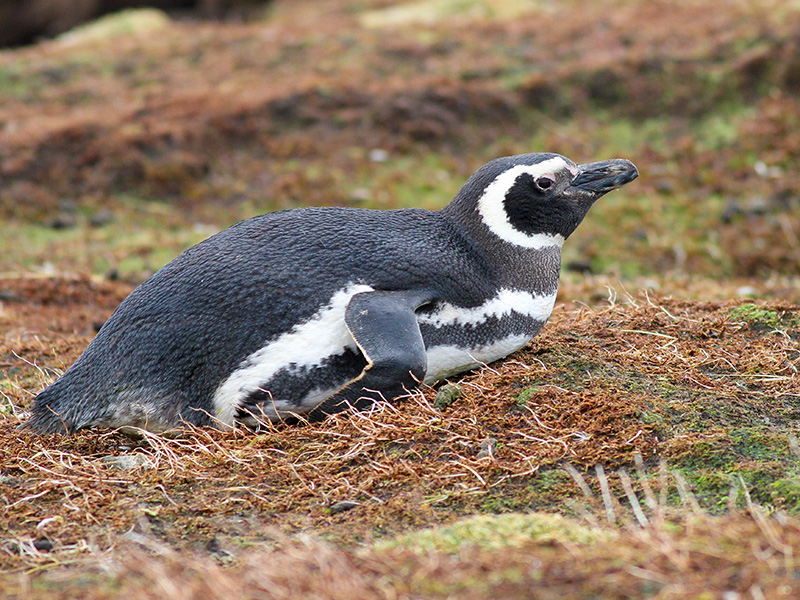
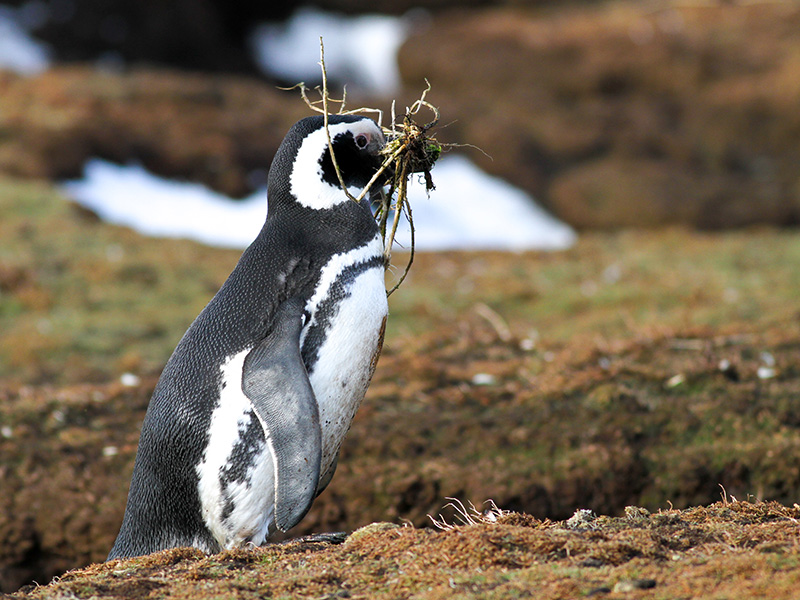
Cobb’s Wren is endemic to the Falkland Islands, but is only found on a number of the outlying islands that are predator-free, since the bird lays its eggs on the ground and rodents such as rats will eat the eggs. We were fortunate that soon after arriving on Sea Lion Island the warden of the lodge told us where we could see Cobb’s Wren on the shoreline just a few hundred metres from the lodge.
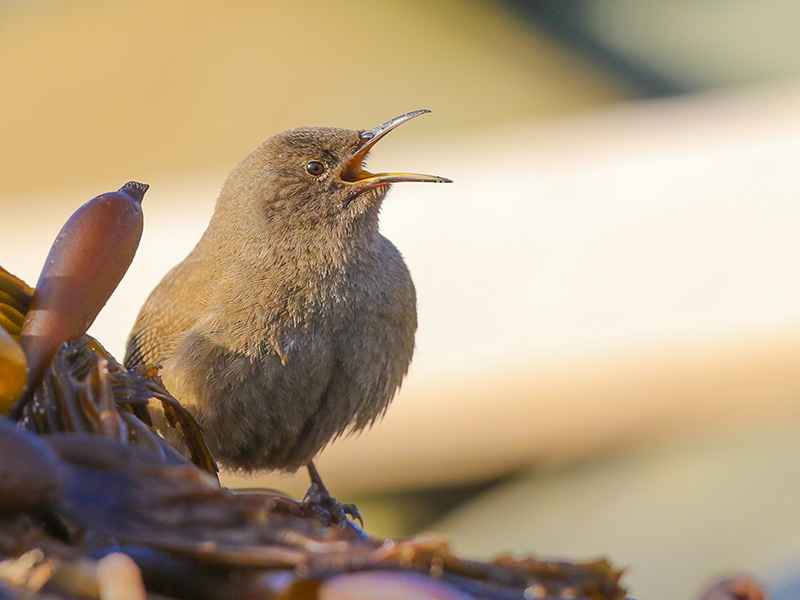
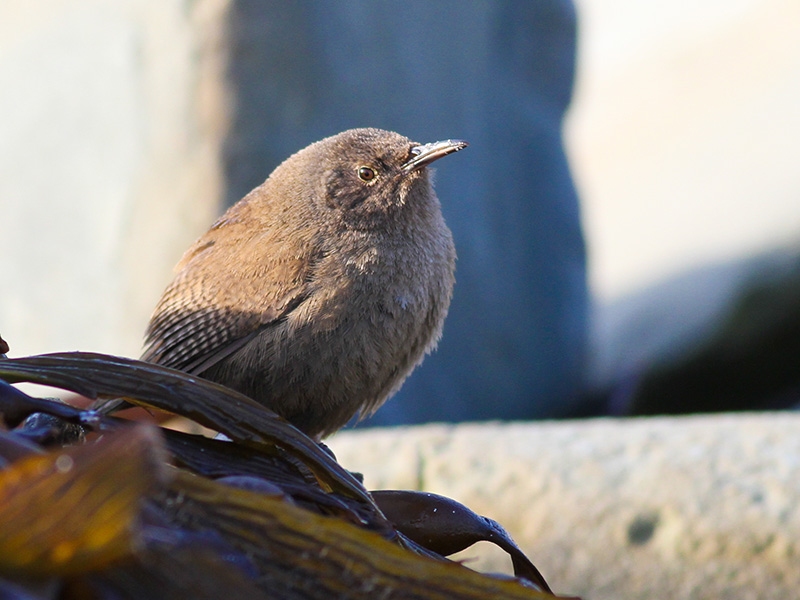
Sea Lion Island is only 8 km in length so it’s possible to walk to a number of interesting wildlife sites close to the lodge, although you need to wear suitable clothing and be prepared for rapid changes in the weather. On one walk we visited a coastal site to see the Elephant Seals that were lying just above the high water line and we got some photographs before a heavy snow shower arrived.
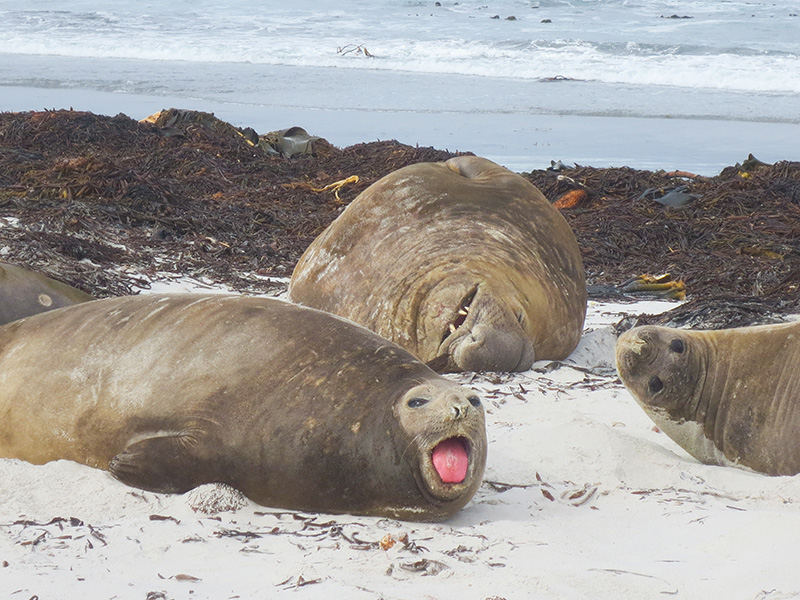
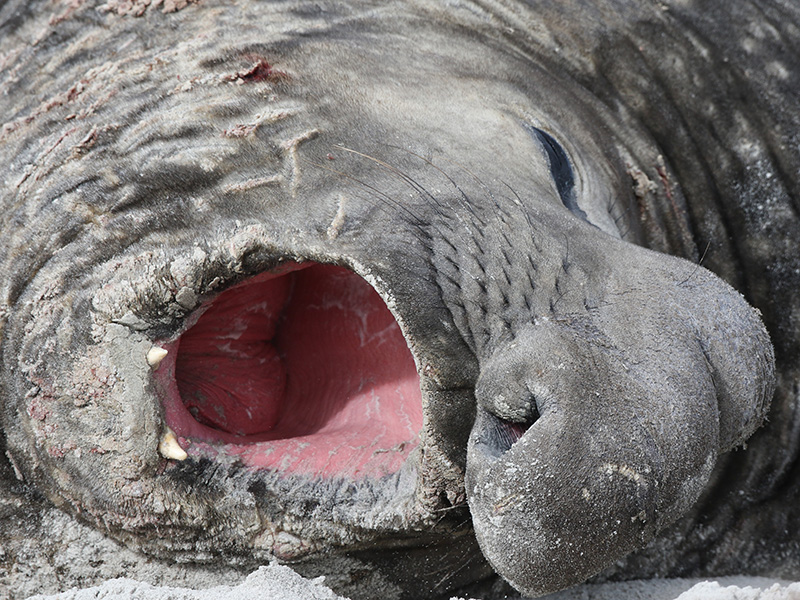
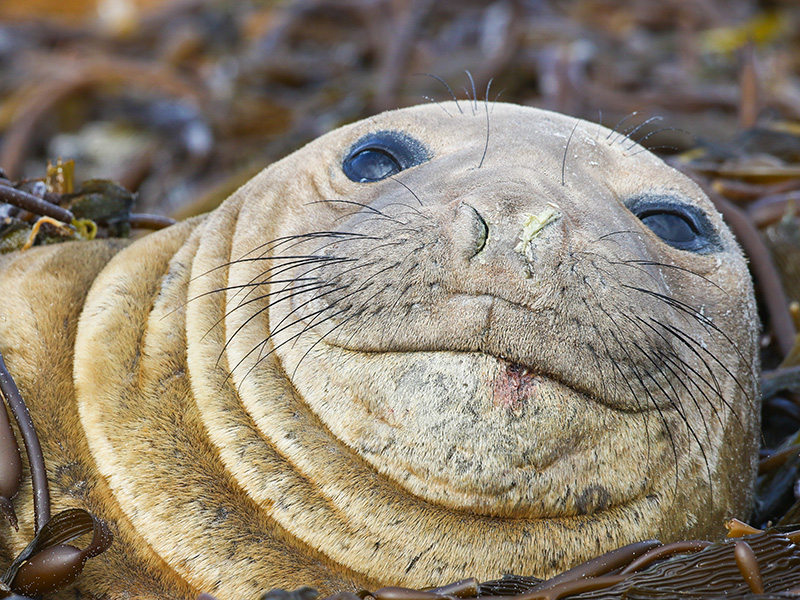
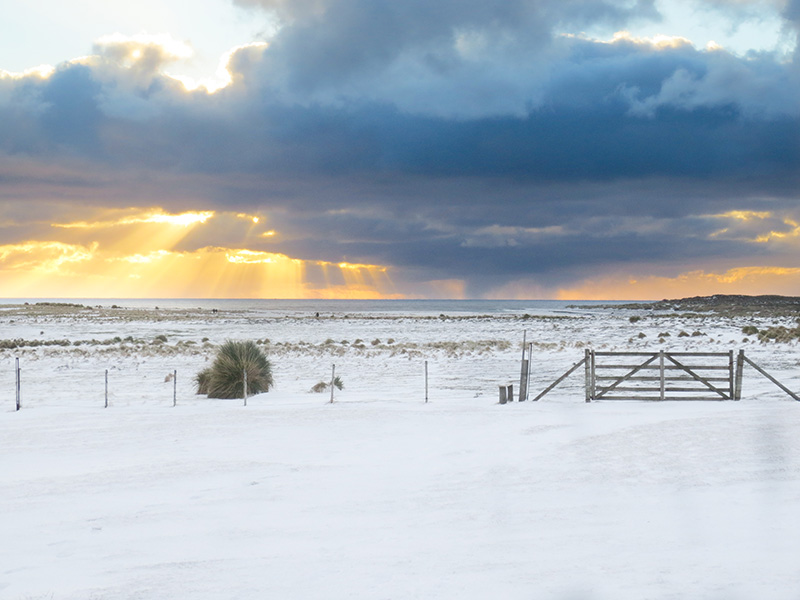
The warden took us by Land Rover to a couple of more distant parts of the island to see new birds. These included Two-banded Plover, Snowy Sheathbill, Striated Caracara, Magellanic Snipe, Blackish Cinclodes, White-bridled Finch, Crested Duck, Ruddy-headed Goose and Rufous-chested Dotterel.
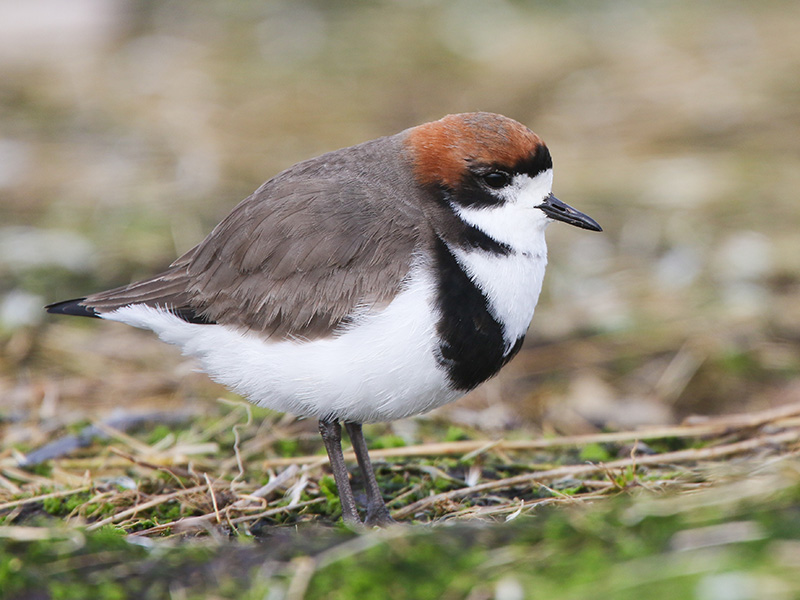
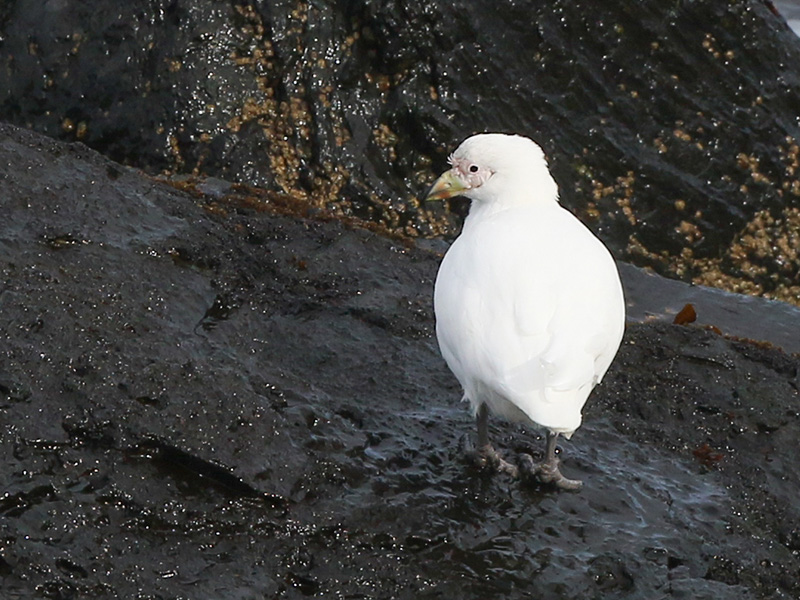
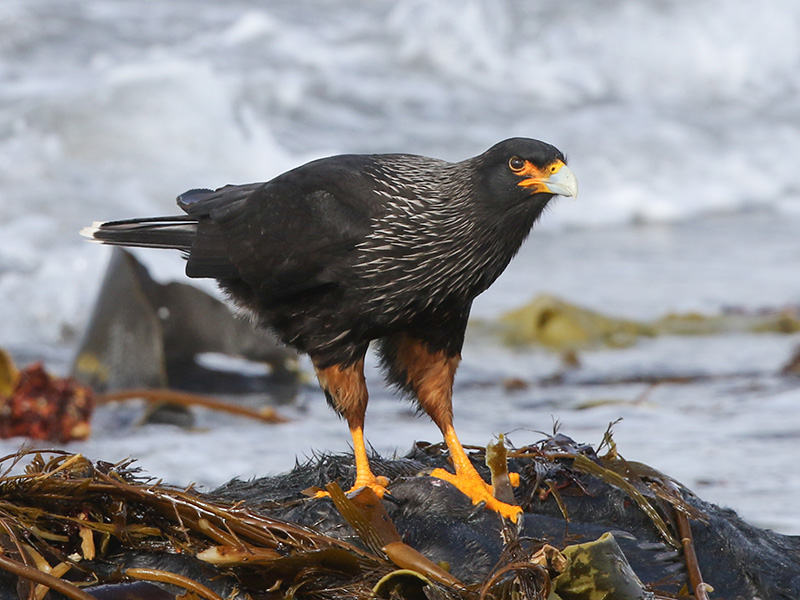
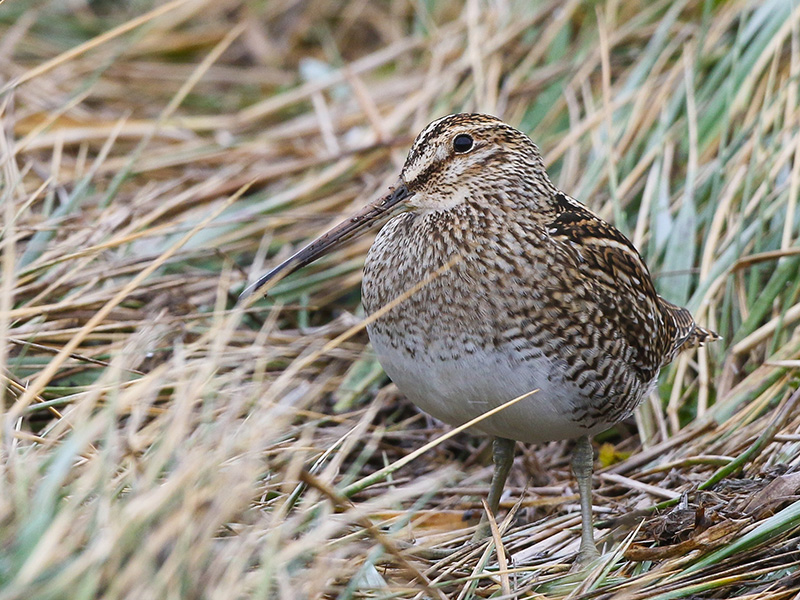
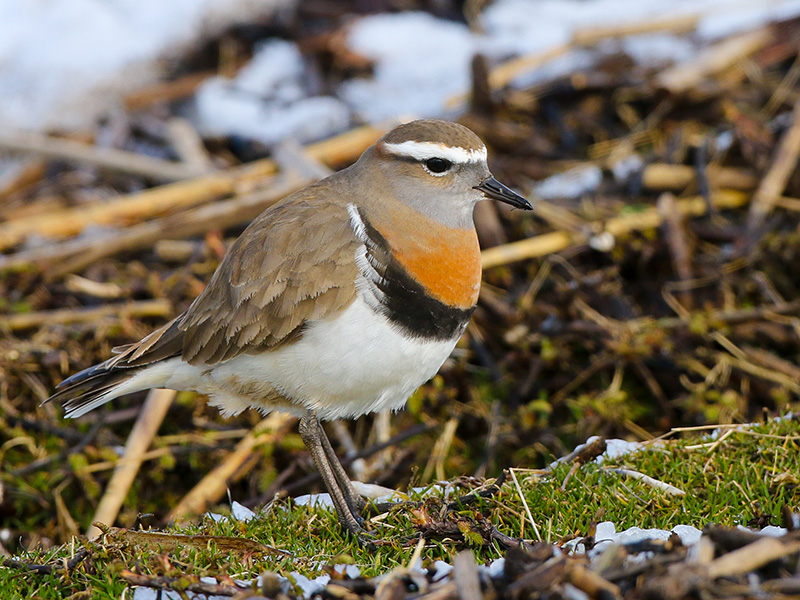
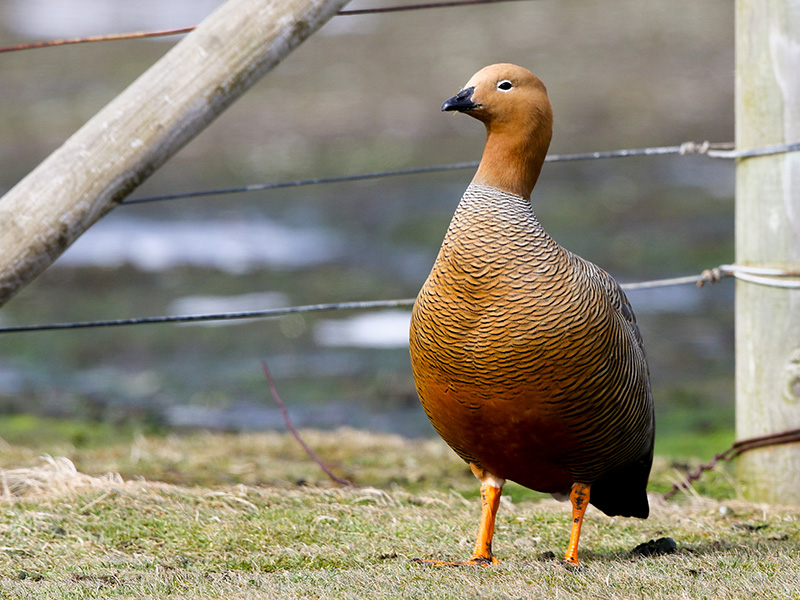
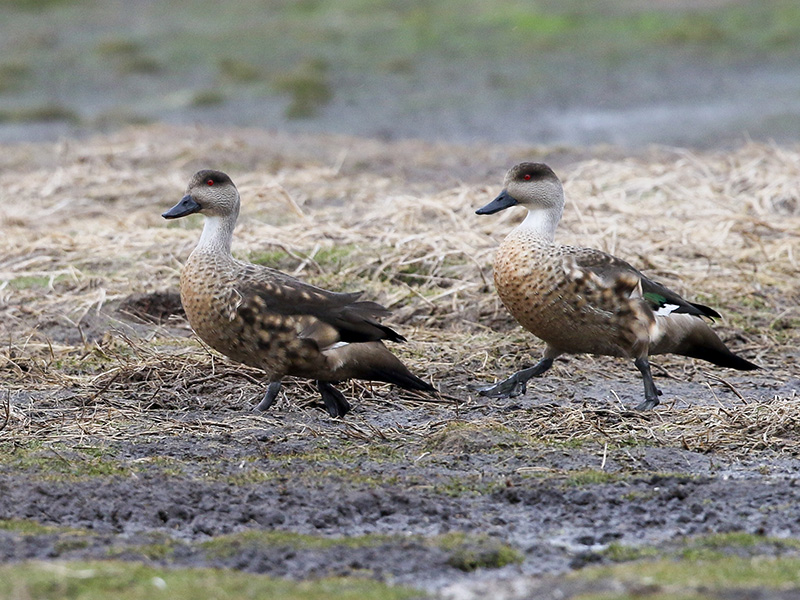
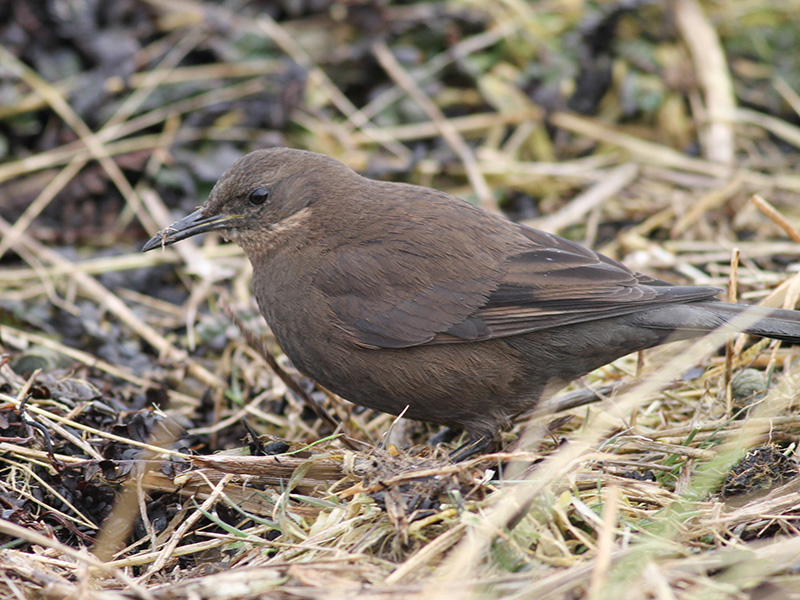
In very windy conditions we visited the memorial to HMS Sheffield, which was sunk in the Falkland’s war some 40 miles to the south east of Sea Lion Island. The wind was so strong it was difficult to hold the cameras steady, but we did manage to get shots of Southern Giant-Petrel, Dolphin Gull, Kelp Gull and a very distant Black-browed Albatross.
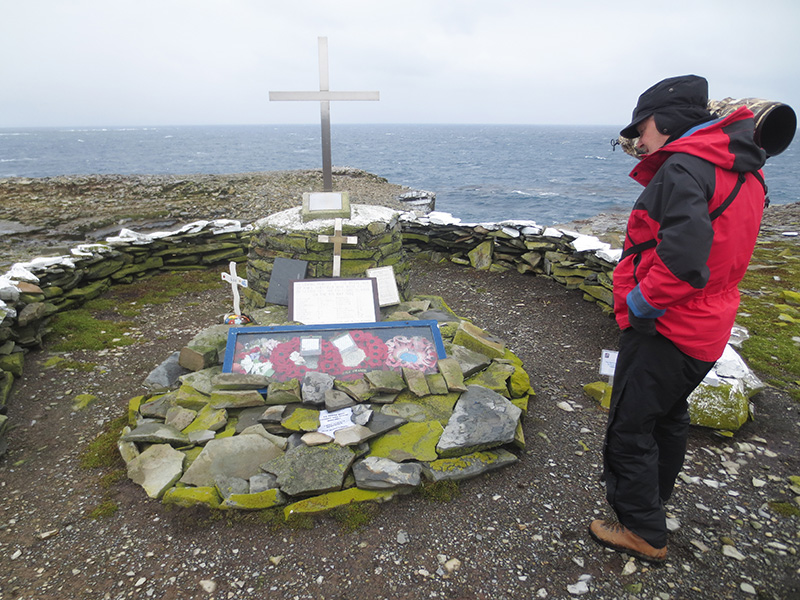
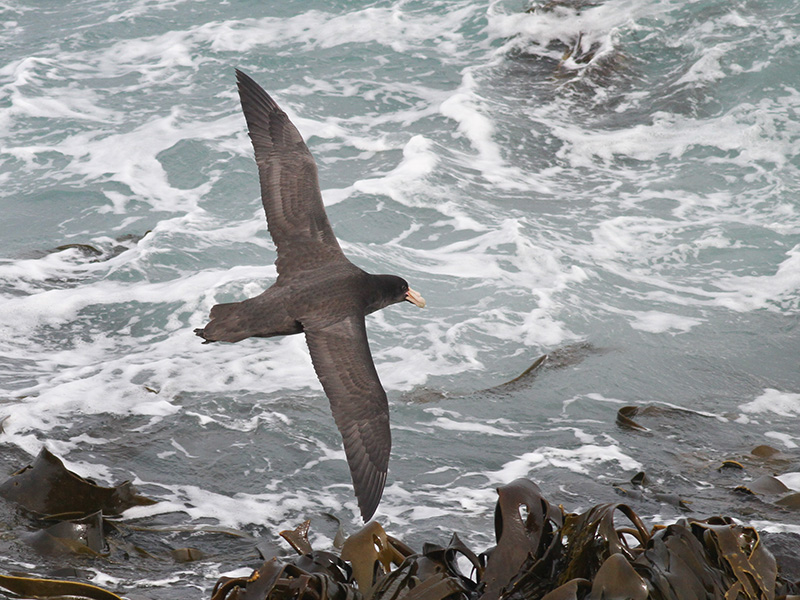
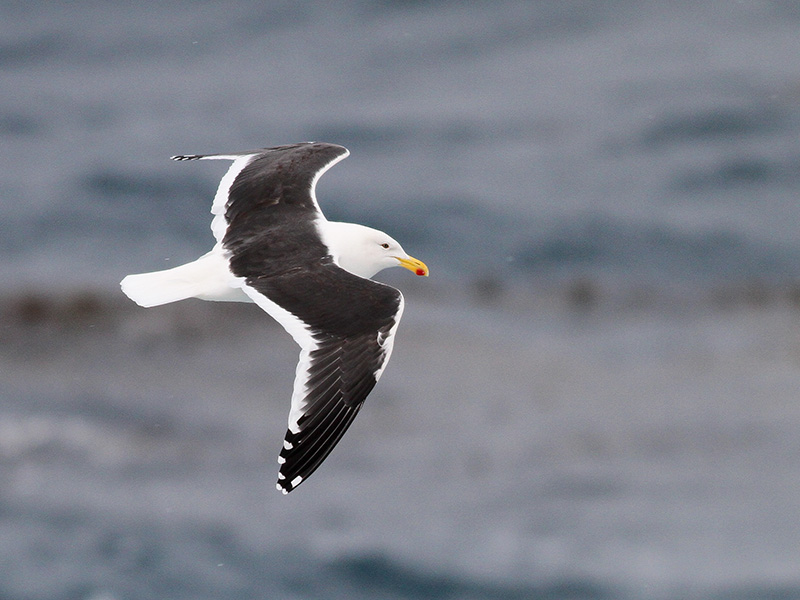
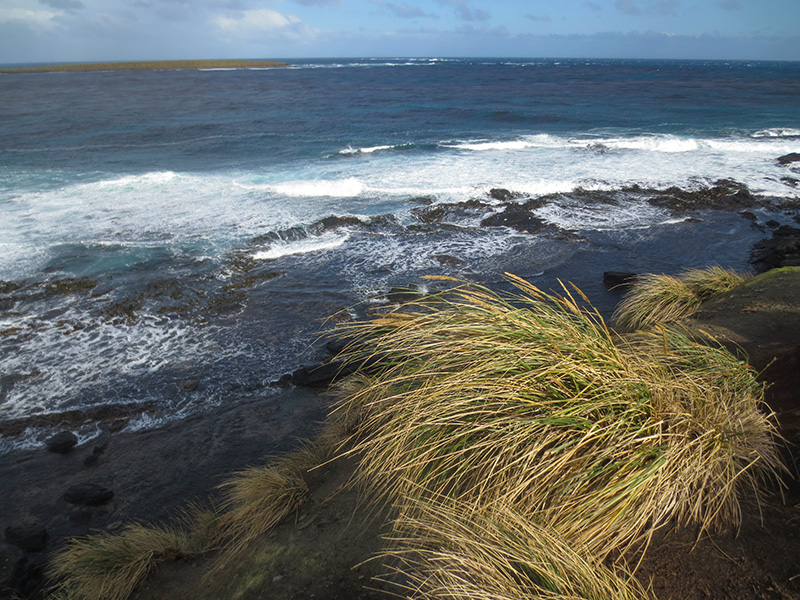
Leaving Sea Lion Island after a great few days at the Sea Lion Lodge.
